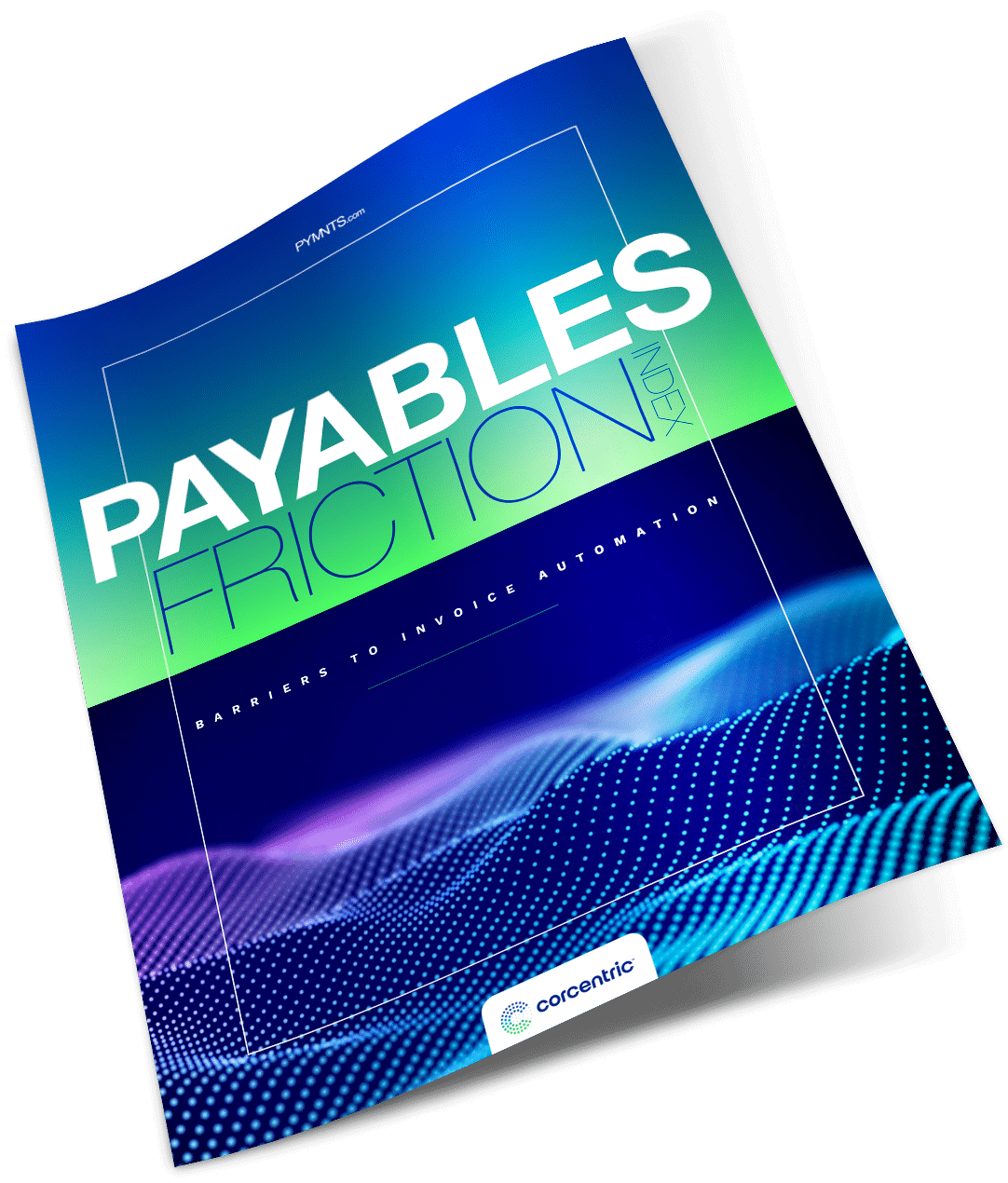Digital payments adoption accelerates with a white-glove approach
Corcentric

Given the economic slowdown resulting from the pandemic, digital business payment strategies have become a priority to improve working capital optimization. As an important element of this approach, the push to move away from paper check payments has been an ongoing trend and measure of conversion success for years, yet adoption can be stunted without a well-considered approach.
So, what’s stopping the move to 100% digital B2B payments?
According to the Federal Reserve, digital B2B payments volumes are growing and surpassed paper checks back in 2013. This has been fueled by the continued move to payments in another form such as ACH (automated clearing house), wire, or credit cards (e.g., p-cards or virtual/ghost cards). But relative to business forms of payment, paper checks still represent the largest payment method in the United States, standing for 49% of the $25T in spend.
Considering small to mid-sized enterprises (SMEs) far outnumber larger enterprises, this trend makes sense. A recent study by research and consulting firm Levvel notes SMEs are the largest group that still accept checks (34%) compared to middle-market (27%) and enterprises (21%). Moreover, 61% of the SME organizations do not use a payment platform; instead, relying on non-electronic methods to cut checks.
B2B digital payments promote digital value, especially to SMEs
Large organizations may have several ways to promote moving away from check payments. But the question of benefit reward often prevents organizations from switching. For instance, business expenses related to travel and entertainment typically comprise approximately 10% of most organizations’ budgets, a figure which can rise significantly when items such as office supplies, laptops, mobile phones, etc., are added. These common expense types, present in most organizations, can be the path to realizing rebate benefits, which can be potentially in the millions. Converting these transactions to credit card payment types, leading to a new source of revenue through virtual card rebate is a common way to help companies find the internal motivation to convert from check to virtual cards.
At the same time, some suppliers may question if they are the source which is funding these rebates and need a better reason to switch. To get beyond this perception, suppliers need to be educated that converting to electronic payments is more than just adding a new payment type.

Remove friction from your AP operation
Program management is supplier enablement
Taking a program management approach puts a focus on suppliers and gives buyer organizations a means to educate and promote the value of digital payments. It’s about conveying the value of centralizing payment disbursements to reduce the inefficiencies, costs, and risks associated with manual processes in payments for both buyers and suppliers.
What’s the secret to getting conversion rates up and successful? One of the keys to the success of program management is through supplier outreach, marketing, onboarding, and change management. Applying the “carrot” approach by working directly with suppliers creates a more friendly environment to understand the benefits of adopting a buying organization’s payments program. Program managers are key to successfully engaging with suppliers at every level.
Supplier is king
In this regard, Corcentric, through our Vendorin payment platform, works with customers to automate and centralize 100% of supplier payments. The goals are mutual for buyer and seller to save time, reduce costs, increase security, improve visibility, and gain overall control over the payments process to improve supplier relationships while unlocking cash trapped in operations and improving supply chains.
As part of our approach at Corcentric, we actively communicate the market benefits that can be achieved through a service-based approach that includes providing managed bank account details and validation, consolidated payments, secure and guaranteed deposits, automated AR reconciliation with integrated data file, payment notifications, and payment support.
By using a combination of service and technology, our clients have reduced their cost of paying suppliers by 80%. At the same time, Corcentric also achieves three times the supplier adoption compared to banks or other e-payables programs, and guarantees the results as a function of our white glove approach that identifies suppliers who are critical to the success of digital payments adoption.
To learn more about digital payments and our approach contact us or email us at [email protected].